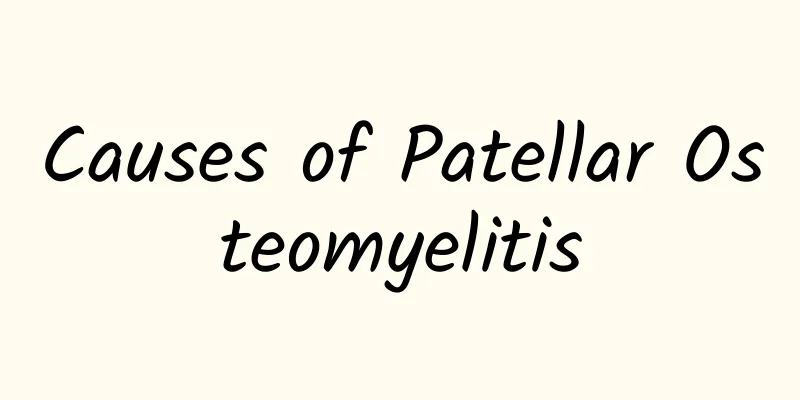What is ankylosing spondylitis?

|
Ankylosing spondylitis, the name sounds a bit scary, right? In fact, it is a type of rheumatic disease that mainly affects the spine and sacroiliac joints. Many people may think that this is a patent for the elderly, but in fact, it prefers to find young people, especially men between 20 and 30 years old. It often appears quietly, and may start with a dull pain in the lower back and back, and a little stiffness when standing up after sitting for a long time. Many people think it is an ordinary lumbar muscle strain, but they don’t know that it may be a prelude to ankylosing spondylitis. Let's first talk about the "personality" of this disease. Ankylosing spondylitis is a chronic inflammatory disease that mainly targets the spine and sacroiliac joints. It causes the joints in these areas to gradually stiffen, and in severe cases, it may even cause a permanent curvature of the spine - that's where the "ankylosing" comes from. If it is not controlled, it may also affect other parts of the body, such as the eyes, heart, and lungs. It sounds a bit scary, but the good news is that early diagnosis and treatment can effectively slow the progression of the disease. Managing ankylosing spondylitis on a daily basis requires a comprehensive strategy. Maintaining a moderate amount of exercise is key. Although pain may make you want to stop moving, moderate exercise can help maintain spinal flexibility and reduce stiffness. Swimming and yoga are good choices because they exercise muscles without putting too much strain on joints. In terms of diet, consuming more foods rich in omega-3 fatty acids, such as fish, can help reduce inflammation. Mental health is also an important part of your life. Chronic illnesses are often accompanied by psychological stress and anxiety, and ankylosing spondylitis is no exception. Sharing your feelings with family and friends, or joining a support group, can help relieve the psychological burden. Remember, emotional health is just as important, and it can provide strong support for physical recovery. Although ankylosing spondylitis is a chronic disease, it is not invincible. Through early diagnosis, reasonable treatment and active lifestyle management, the quality of life can be greatly improved. Every member of the Rheumatism Home can live a full and vibrant life through scientific management and a positive attitude. I hope this article can provide you with some inspiration and help. Let us cheer for health together! |
<<: The number one nemesis of gallstones
Recommend
How to deal with burns? 5 care methods to make burns no longer a problem (2)
How to deal with burns? First aid measures for bu...
Can I eat glutinous rice if I have breast cyst?
There is no simple "yes" or "no&qu...
Indications for surgery for perianal abscess
The abscess formed around the anorectum is called...
How to treat bone spurs? Exercises for bone spurs
Treatments for bone spurs include medication, phy...
The best way to treat breast cysts
The best way to treat breast cysts is to combine ...
How long does it take to complete lower limb venous thrombosis surgery?
Lower extremity venous thrombosis surgery usually...
Is an aneurysm serious? How to prevent an aneurysm?
Are aneurysms serious? How can they be prevented?...
What are the sequelae of high fever convulsions in a one and a half year old baby?
Sequelae of febrile convulsions in one-and-a-half...
How long can a person with hepatitis B and liver cysts live?
The life expectancy of patients with hepatitis B ...
Snoring after adenoids surgery
There may be many reasons for snoring, and adenoi...
Breast cysts can not drink milk
Breast cysts are related to diet, but there is no...
Can I continue breastfeeding if I have a breast cyst?
Breast cysts do not usually affect breastfeeding,...
What is the effect of taking vitamin C for mastitis
Supplementing vitamin C appropriately can help en...
What does a breast lump look like?
Breast lumps can appear as a swelling or lump in ...
What is the best way to remove breast cysts?
Breast cysts are usually harmless benign lesions ...









